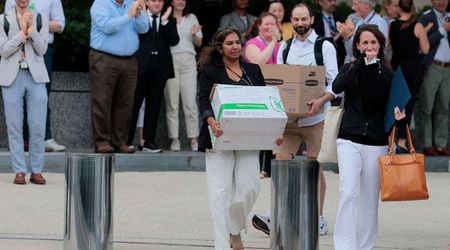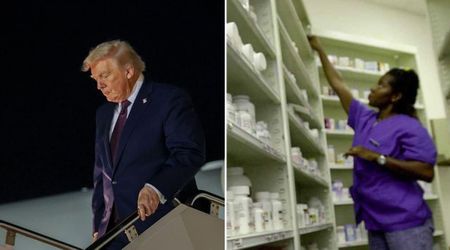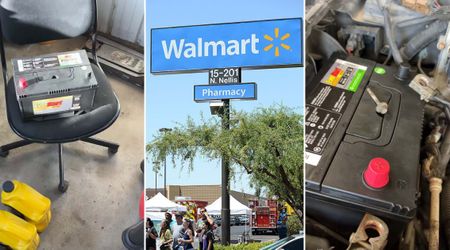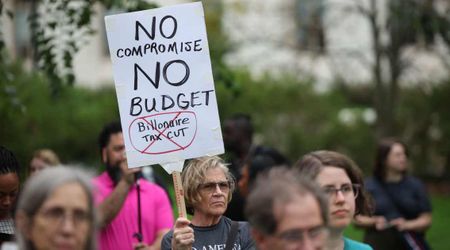How Fraudulent PPP Loans Inflated Home Prices in Some US Markets

Fraudulent claims from the Paycheck Protection Program (PPP) during the Covid-19 pandemic have affected U.S. government finances and also contributed to rising home prices in certain markets. A recent research by the University of Texas reveals the enormous scale of this fraud, highlighting its costly consequences.
"Fraud on this scale is enormously costly," said Sam Kruger, co-author and Assistant Professor of Finance at the University of Texas at Austin. The research indicates that the total amount distributed via the PPP exceeded $793 billion between April 2020 and May 2021, with approximately $117.3 billion flagged as "suspicious lending."

Geographical Concentration of Fraud
PPP loan fraud was found to be highly concentrated geographically, with specific areas experiencing a higher prevalence of fraudulent claims. This concentration suggests that there may be spillover effects in these local areas. The impact of fraudulent loans extends beyond government funds, affecting communities and the real estate market.
Rising Home Prices and Government Aid: The Link to PPP Loan Fraud

While factors like shifting demand and regional moves have driven up U.S. home prices, the research indicates that government aid, including the fraudulent PPP loans, may have contributed to this growth. Injecting cash into certain areas through the specific stimulus of PPP loans has played a significant role in driving up home prices.
Markets Affected: Elevated Rates of Fraud and Property Purchases
Certain markets have shown elevated rates of PPP loan fraud, resulting in a significant impact on the real estate sector. Individuals who received fraudulent loans were more likely to invest in purchasing property, exacerbating the rising home prices. The correlation between fraudulent loans and property purchases suggests a strong link between the two.
"This is a very specific type of stimulus that injected cash into certain areas, and it seems to have played a pretty significant role," Kruger said.

Effect on House Price Growth
ZIP codes with a high rate of suspicious lending per capita experienced a home price growth that was 5.7% higher compared to ZIP codes with lower levels of fraud within the same county. This effect is substantial when considering other factors influencing house price growth during the Covid-19 period. The research warns about the impact of fraudulent PPP loans on the housing market.

Weighing Factors: Land Supply, Remote Work Access, and More
The research findings remained consistent even after considering various factors such as land supply, previous home price growth, remote work access, population density, net migration, proximity to the central business district, and prior rates of remote work. By keeping these factors in consideration, the study strengthens the link between PPP loan fraud and the subsequent impact on housing prices.
Extended Effects of PPP Loan Fraud
The consequences of PPP loan fraud extend beyond simply stealing money from the government. The research emphasizes the potential distortions and spillover effects that harm other members of the community. By undermining the integrity of the program, fraud disrupts the economy and creates imbalances within local areas, impacting the overall housing market in the U.S..
The significant scale of PPP loan fraud has proven costly not only for the government but also for the real estate market. The correlation between fraudulent loans and rising home prices highlights the impact of these fraudulent activities on the housing sector. With specific markets experiencing elevated rates of fraud, the consequences extend beyond financial losses, affecting the wider community. By understanding the connection between fraud and home prices, policymakers and regulators can work towards mitigating the adverse effects and ensuring the integrity of relief programs.























